Last Updated on July 5, 2022
There are few situations as aggravating as being forced to purchase a new set of tires, solely because a particular portion of tire has worn quicker than its remaining tread. This can be a costly issue to be faced with when considering the ever-increasing price of tires.
Few such tire wear issues are as prominent, as that of inner tire wear. An untold number of motorists are faced with this exact issue on a yearly basis, many of whom are left to consider the root cause of their dilemma.
Luckily, remedying the cause of inside edge tire wear is seldom a difficult affair, and can be handled quickly with a little know-how. Read on to learn more about the causes of inner edge tire wear, and how to address such concerns.
Related: 5 Causes of OUTSIDE Tire Wear
What Causes Inside Tire Wear?
Tires wear on their inside edge for numerous reasons. However, most are related to underlying steering and suspension related issues. When these concerns are properly addressed, this troublesome and irregular pattern of wear typically subsides.
The following are the most common culprits behind inner tire wear.
#1 – Incorrect Camber Angles
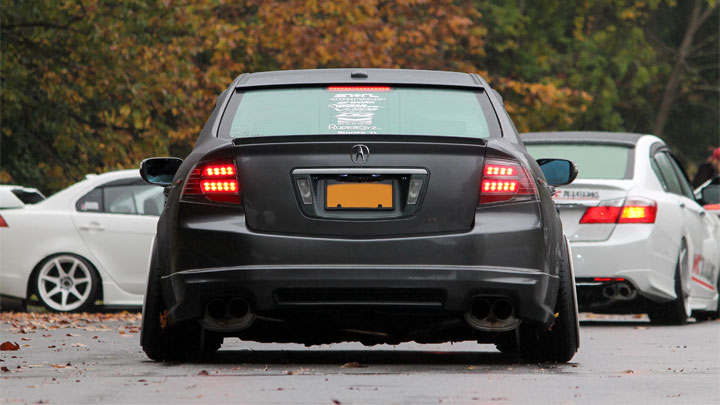
Camber is the measurement of a tire’s lean, inward or outward, as viewed from in front or behind. Positive camber describes a tire that is angled outward at its upper end, while negative camber describes a condition when a tire faces inward toward the vehicle. In the case of inner tire wear, negative camber is often to blame.
When a vehicle exhibits negative camber, one will typically notice their front tires wearing on the inside, as this portion of the tire makes a greater degree of contact with the road’s surface. The same can also be said when one notices their rear tires wearing on the inside edge, when speaking of a vehicle that features 4-wheel independent suspension.
See Also: Are Wheel Spacers Safe?
#2 – Incorrect Toe Angle

Toe is defined as the angle of a vehicle’s tires in relation to one another, or the center axis of a vehicle. This angle can be observed when standing in front of a vehicle, while looking at the leading edge of both tires.
A “toe-in” condition is evident when both tires appear to be pointing inward toward one another. Conversely, “toe-out” is evident when tires appear to face outward.
A vehicle that exhibits a substantial degree of toe-out, will often show accelerated wear on the inside edge of its tires. This is because the inner segment of each tire is effectively being drug across the pavement, to a certain degree.
As a result, tread compound is prematurely eaten away, on the portion of the tire that has been forced to absorb the highest amount of friction.
Read Also: What Are Cupped (Scalloped) Tires?
#3 – Worn Ball Joints
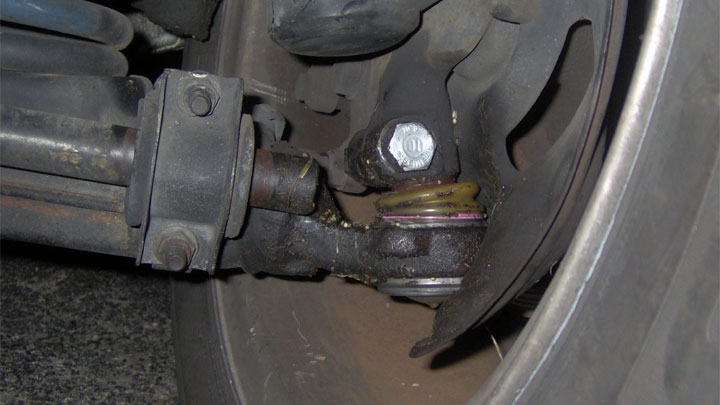
Worn ball joints are another leading cause of uneven tire wear. In the case of accelerated inner tire wear, worn lower ball joints are often the culprit.
Ball joints use a ball and socket type design to secure a vehicle’s control arms to its steering knuckles. When new, a ball joint serves this purpose, with little to no excess play within its ball and socket.
As a ball joint begins to age, normal friction causes this ball and socket to become loose and display a certain degree of free play. This free play allows unintended outward movement of the steering knuckle itself, thereby having the same effect on its corresponding tire.
Therefore, a worn lower ball joint can change a vehicle’s camber angle, to the point of causing inner tire wear.
See Also: Causes of a Car Pulling to One Side When Braking
#4 – Worn Control Arm Bushings
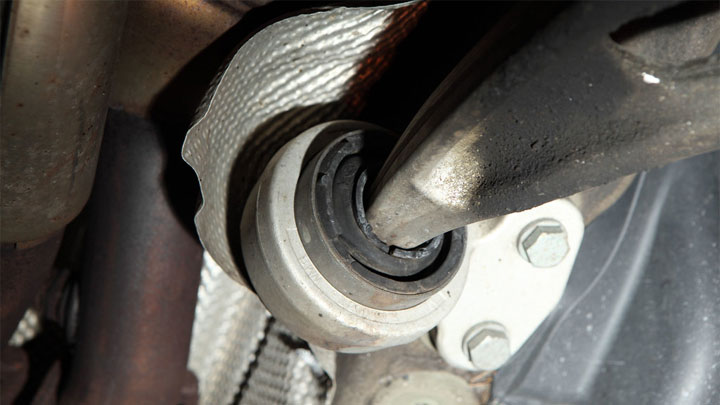
Control arms serve as the connecting link between a vehicle’s chassis and steering knuckles. Both upper and lower control arms are fitted with rubber or elastomer bushings, at their pivot points along a vehicle’s chassis. The purpose of these bushings is to prevent excess free play that can adversely affect camber angles.
As control arm bushings age, they begin to slowly deteriorate. This deterioration allows excess play within a control arm’s junction with a vehicle’s chassis, thereby changing the camber adjustment associated with the corresponding wheel end.
As a byproduct, tread wear is unlikely to occur in an even manner, often eating away at a tire’s inside tread.
#5 – Worn or Damaged Suspension Components
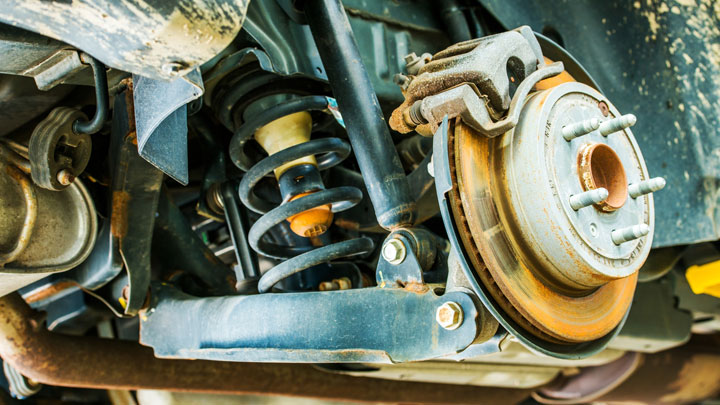
A vehicle’s struts and springs do much more than simply absorb road vibration, and the shock associated with encountering the occasional pothole. These components also play a vital role in maintaining a vehicle’s stock ride height.
This set ride height directly impacts a vehicle’s camber angles, which has the potential to cause less than satisfactory tire wear when compromised.
Unfortunately, as a vehicle ages, springs tend to sag, effectively lowering a vehicle’s ride height. Additionally, notable impacts of any kind can lead to strut tower lean, which can result in out of spec camber adjustment.
As a result, uneven tire wear often occurs. Correcting such concerns generally require component replacement, or the shimming of affected springs.

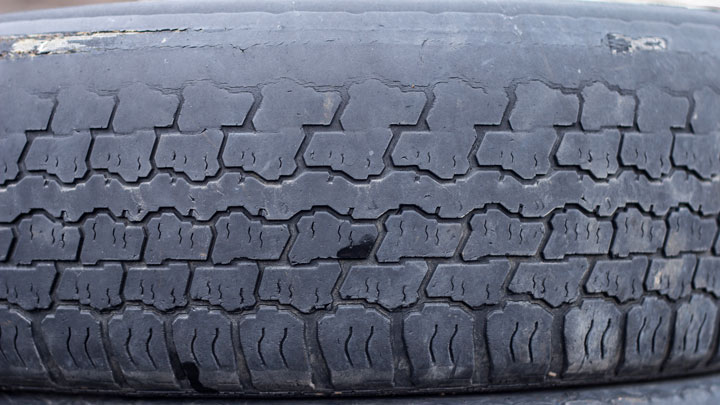
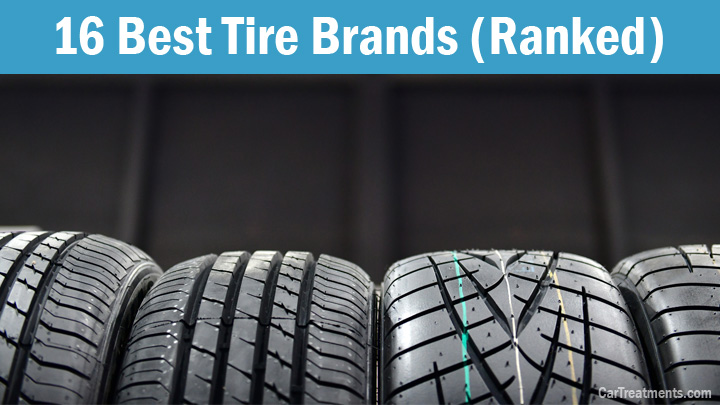
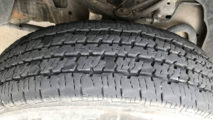
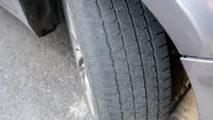
Awesome information that I never knew about my 2000 Escalades’ problem of both front tires wearing out on their insides!
Thank you!
Just switched from summers to winters and found this.
Thanks for the info. Going to the mechanics and it’s nice to have an idea what’s causing the issue so I don’t get taken advantage of.
My money is on the bushings….
Good call. I’d hate to mess up new tires because of a suspension or alignment issue.